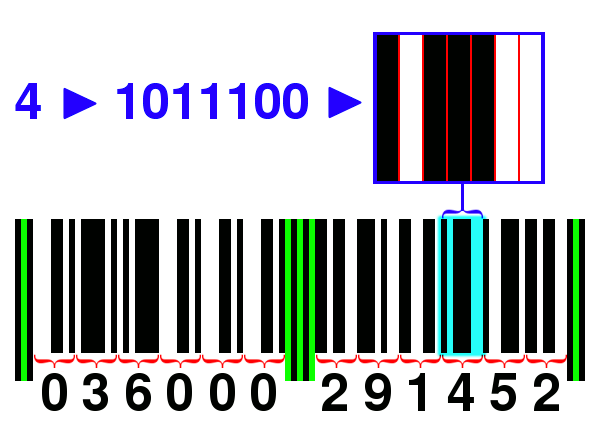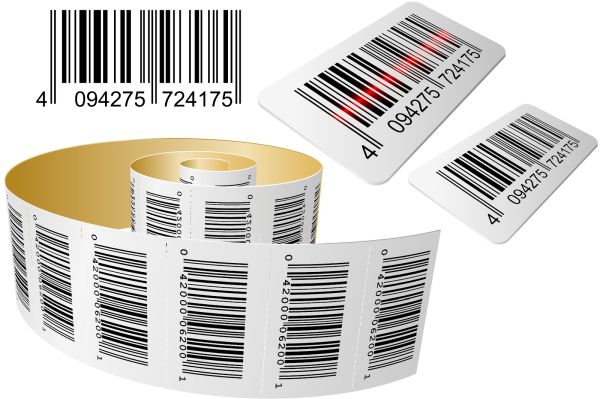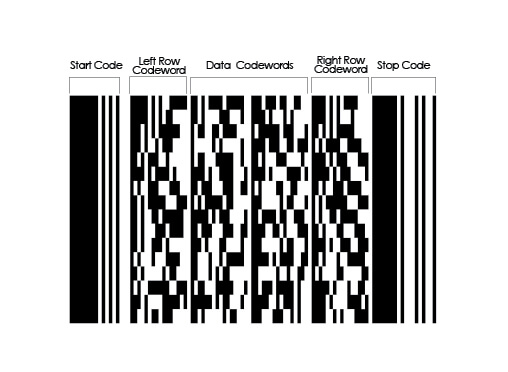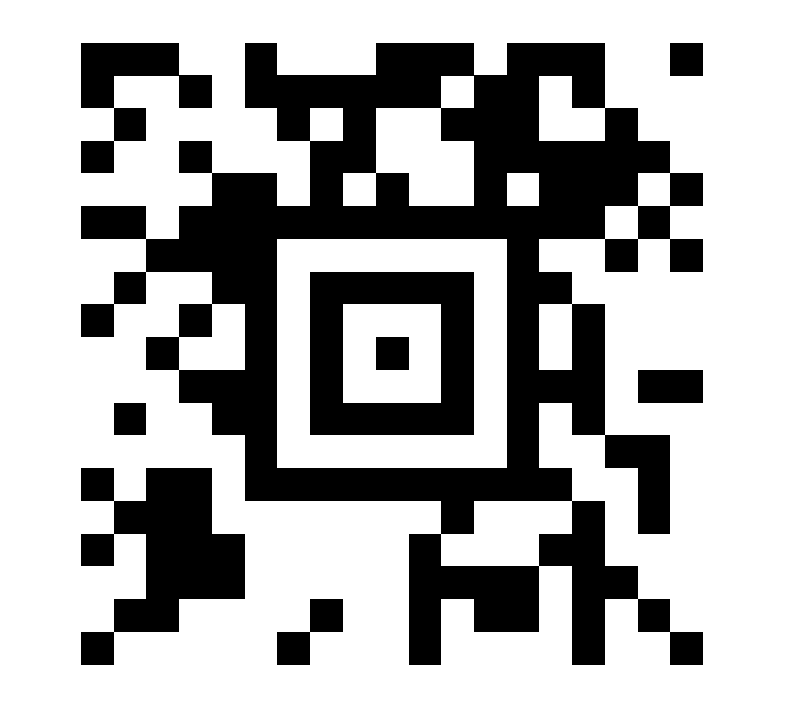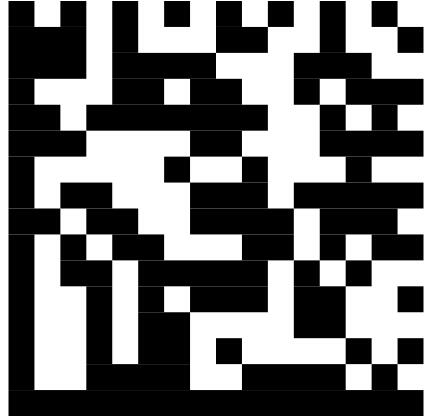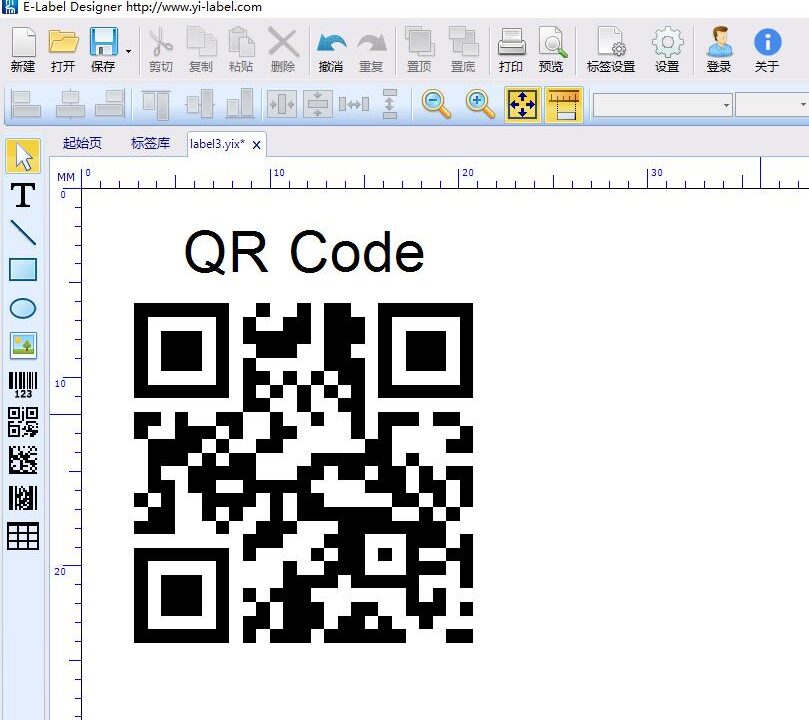January 21, 2022
A Universal Price Code is represented by a bar code that can be scanned at the point of purchase. A UPC consists of a six-or nine-digit company prefix, a five- or two-digit product number and a check digit. A specific algorithm determines the last number, which is used to confirm the accuracy of the first 11 digits. A UPC can be validated with a manual calculation that can be checked at a UPC-validation website. Write down a UPC. For example, 796030114977 is the UPC of a product. The last number is the check digit. Sum the digits in the odd […]

